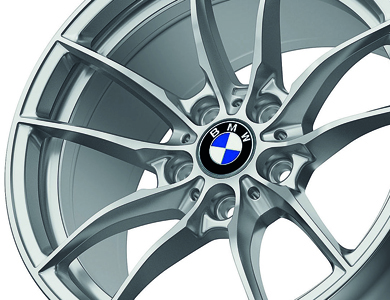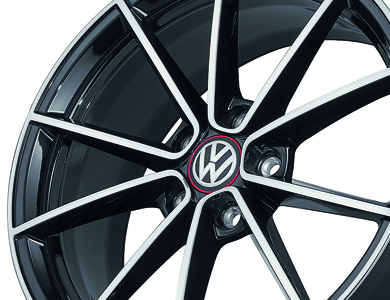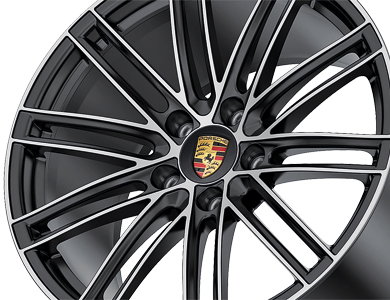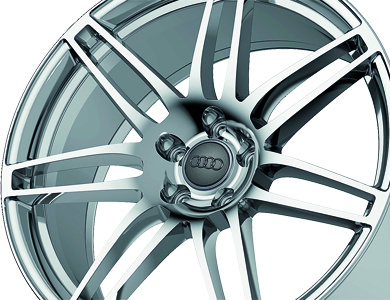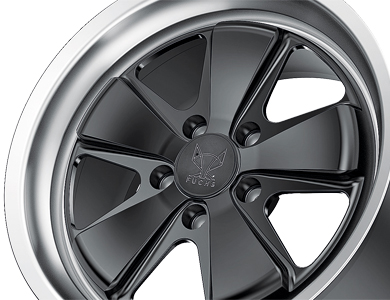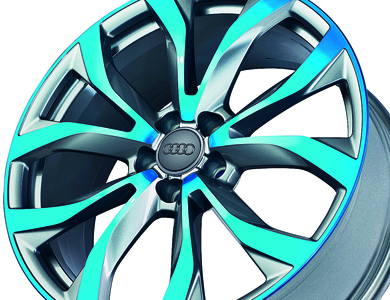Surfaces and tests Diversity and safety
Wheels are safety-relevant components. That is why they are particularly accurately checked and tested. This begins with the first chemical materials testing and ends with hard, testing machine endurance runs.
Material test
In the tensile test, performed in-house in the OTTO FUCHS laboratory, the material properties of the alloy used are tested. The material samples of a forged Fuchsfelge and a cast rip-off serve as an example. Both tensile specimens are clamped into the corresponding test device and pulled apart mechanically. The sample of the forged Fuchsfelge first deforms before fracture occurs. The sample from the cast copy does not deform on the other hand, but breaks abruptly, even before the sample of the forged wheel deforms at all. The reason for the material response is the much lower ductility of the cast material.
Tensile testing
With the tensile testing, cornering is simulated with different loads. For this purpose, a wheel without tyres is clamped on a test bench and loaded on the contact surface with a circumferential bending moment. The maximum permissible bending moment is of course known, because it was calculated previously. This bending moment is caused by the vertical nominal force acting on the wheel, a value defined by the vehicle manufacturer. In addition to the normal force, the horizontal side force also acts that is generated when driving through a curve. Such real maximum bending moments are between 2,500 – 10,000 Nm, depending on the size and weight of the car. The tests can now be carried out, for example, with 75 and 100 per cent of the maximum bending moment, depending on the requirements of the car manufacturer, and should thus prove the durability of the wheel.
ZWARP test
ZWARP stands for bi-axial wheels testing [German acronym]. The test is performed at OTTO FUCHS on an outer drum. Here, a certain route is travelled, for example the Nürburgring. In the testing process, the wheel is loaded on the outer drum through transverse movements of the test facility in two directions with contact and lateral forces.


